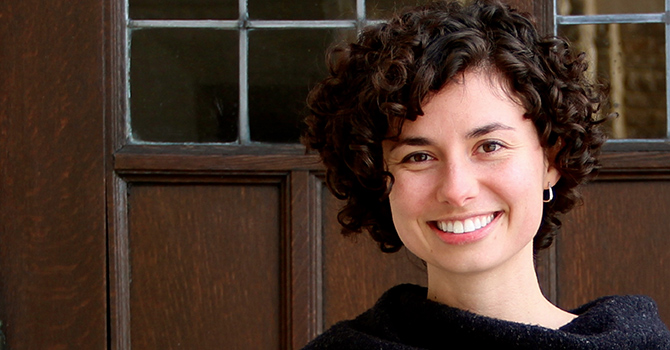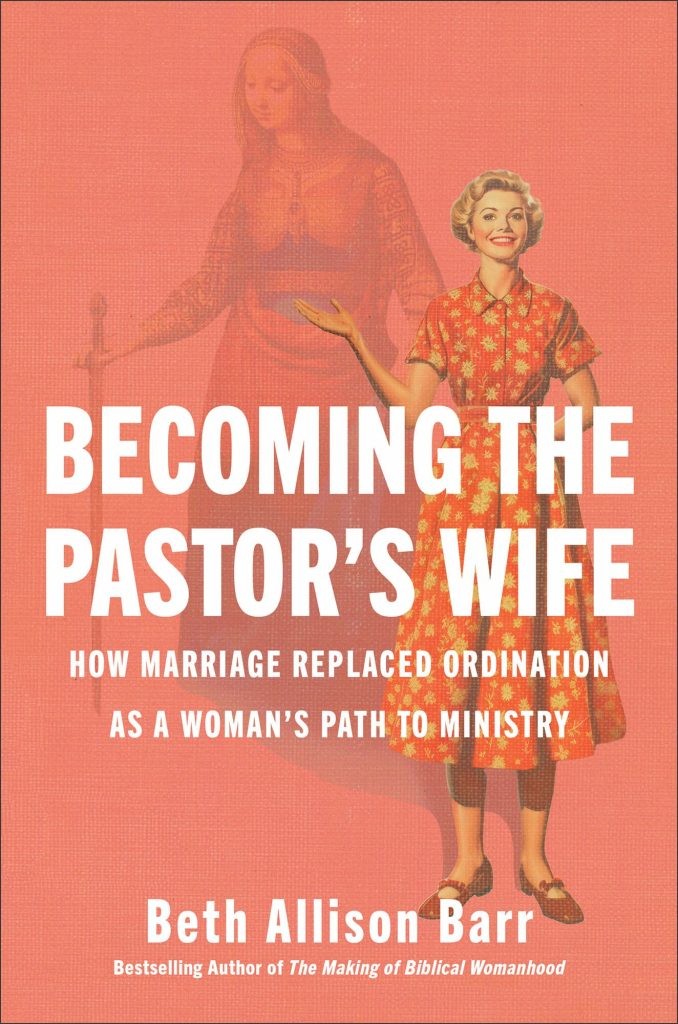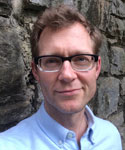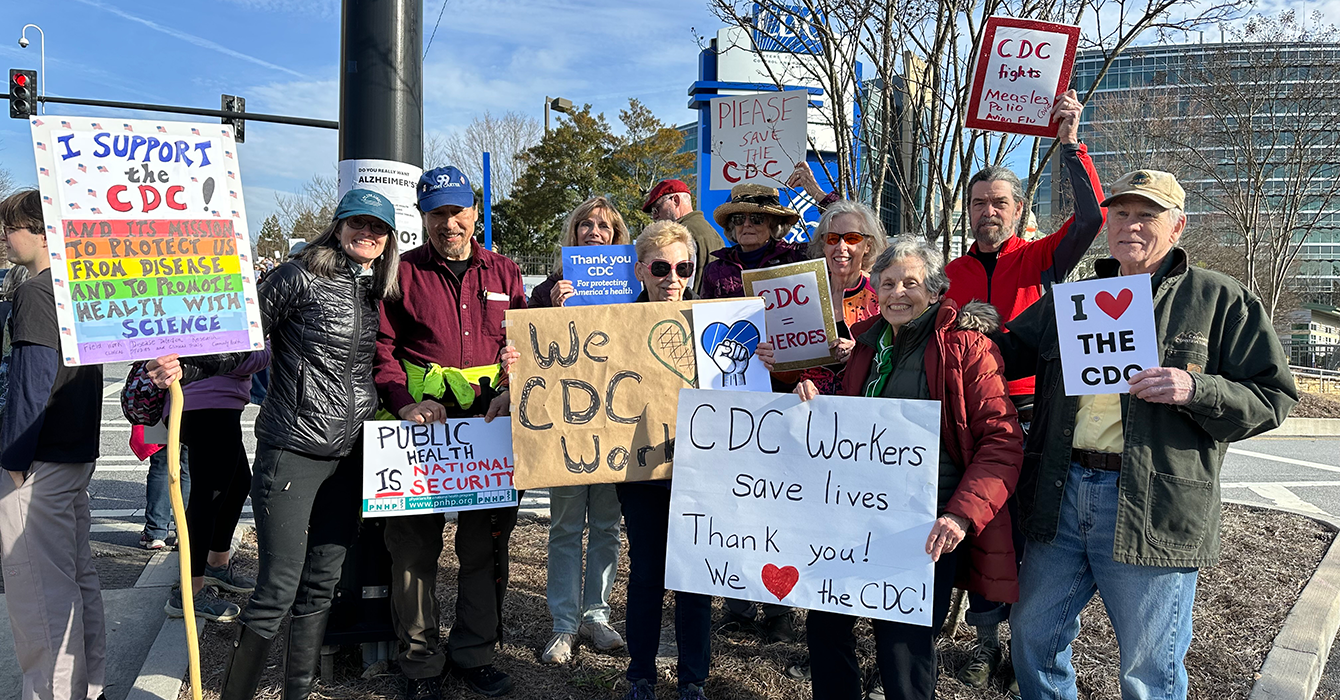“I’m not sure what I’m doing,” he said.
I’d never met him before, but the air of fragile confidence was familiar, this sense of being lost in the house you grew up in.
“I’ve been a pastor for 15 years, and most days I have no idea what I’m doing. It makes me nauseous,” he continued.
He seemed like a man struck with malaise, a chronic illness in which the source is hard to pinpoint.
He’s not alone. I find myself talking with more and more pastors stricken with uneasy nausea and fatigue that they can’t name. It’s as though their calling has been stripped of meaning.
This man could do a good job with the regular activities of being a pastor, he went on to say, but he wasn’t sure whether they meant anything to his people.
Of course, there have always been pastoral struggles, and they’ve shifted as time has unfolded. But throughout time, from Augustine to Thomas Becket to Jonathan Edwards, pastors and priests have at least served against a cultural backdrop with the shared understanding that the transcendent is real and our lives must interact with something beyond what we can see and touch.
Today, things are different.
We now live in a time where the very idea that God is real and present in our lives is no longer accepted. Indeed, it’s widely contested. Belief has been made fragile -- for the pastor as much as for those in the pews.
Charles Taylor calls this “the malaise of immanence.” Now grounded in the material, tangible, rational realm, we’ve lost the sense that the ordinary flow of life has any meaning. The rituals of our lives don’t seem to point to anything greater anymore. And the pastor is at ground zero of this struggle, which is what I sensed this guy saying.
The malaise began in the mid-19th century, with pastors like Henry Ward Beecher, leading to Harry Emerson Fosdick. This is a time when the world became less enchanted, when technology, urbanization and scientific breakthroughs made it possible for realities outside the church to produce human flourishing.
The job of pastors like Beecher and Fosdick was to remind the titans of industry and society to make sure that the machines of industrialization didn’t prevent human flourishing, and to remind the individuals in the pews not to get caught in the traps of urbanization, and that God loved them. Beecher and Fosdick still held an incredibly important place within American society.
After World War II, the heyday of the pastor continued into the 1950s and 1960s. But like nearly everything else in the culture, the role of the pastor pivoted in the late 1960s. The pastor’s importance as a civic leader got upended when the unquestioned power and trust in institutions (church included) crumbled and the rising freedom to find one’s own way, seeking authenticity in all things, including spirituality, was born.
Culture revolted against the corruption of institutions, but also against the settled, suburban domestic-duty mentality of the ’50s and ’60s in which church was still central to American civic life. The Beecher and Fosdick model of pastoring was over.
In the years that followed, the cultural environment was perfect for a shift in pastoral identity; the spiritual markets were unregulated, the authority of established religion was gone, mainline Protestant America was over, yet the age of authenticity still moved people to seek spirituality. The monopolies were broken up, yet there was spiritual demand.
In this perfect environment for the entrepreneur, the model of the pastor shifted from Fosdick to Rick Warren, who started Saddleback Church in 1980.
Warren was uninterested in being the chaplain of a secular age. Born and raised in California’s air of authenticity, he formed a church that could speak to those who were searching, providing what many of the new spiritualities could not.
Warren knew that the alternatives people were trying in search of individualized flourishing were promising them purpose -- offering overarching meaning, ritualizing their moments of passage and directing their ordinary lives. And yet these new options were often either too loose and undefined or too tight and domineering to actually provide what people needed, leaving them in malaise.
So he created a “purpose-driven church” and provided his people a “purpose-driven life.” Warren’s message was that Jesus was just the individualized spirituality that could actually fulfill its promise. The results seemed to speak for themselves. Within 25 years, Warren’s church attendance ballooned to more than 20,000 people on 120 acres in Orange County.
Soon, Warren created a network for other pastors, helping them take on the purpose-driven entrepreneurial pastoral identity he had honed. Warren gave purpose to scores of pastors who had felt lost after the Fosdick-type identity no longer worked.
Warren found a way to revitalize the image of the pastor next to the individualized pursuits of flourishing. The pastor as entrepreneur provided a direct way to be in the age of authenticity, offering the appealing option of Jesus on the open spiritual market.
But this understanding of the pastor as entrepreneur had an inherent problem that leads us back to the pastor I was talking with at the conference, the one with a sick, uneasy feeling of what to do.
What made Warren’s perspective both genius and problematic is that he offered Jesus as one option among the thousands of others. Of course, Warren was not shy in claiming that Jesus was the best option that could actually deliver on providing purpose and individual flourishing. But once Jesus was simply a choice in the new market of spirituality, there was a silent but sure concession to the immanent frame.
The immanent frame is a natural order that asserts that our lives should be considered primarily material (or natural, as opposed to supernatural). It tempts us to block out any overarching sense of transcendence. There is no sense of a sacred time or space. In the age of the entrepreneurial pastor, the church building itself was as secular and utilitarian as any office complex.
Rather than an invitation to enter into a sacred reality, it presented a place to find the resources for personal flourishing (such as child care assistance, counseling centers, support groups, exercise classes and coffee shops).
Ironically, this made the building essential, for it was the place that held the material resources and programs individuals needed to flourish. The larger the campus, the more resources it could provide. The more resources, the more people were engaged. The more people were engaged, the more viable this spirituality became compared with all the other options.
It could provide meaning, shape people’s rites of passage and help ordinary life become a life of individually experienced flourishing. With this yielding to the immanent frame, transcendence -- the presence and action of God in real lives -- became difficult to imagine.
In the wake of this history, we are now pastoring, and being church, in a full-blown secular age. From curator of divine things to prodder toward holiness to chaplain of the secular age to entrepreneur, the role of pastor has shifted dramatically as we’ve moved deeper and deeper into a secular age, and farther and farther away from a sense of God’s presence and action in our ordinary lives.
This difficulty in imagining divine action is exactly why the pastor I was talking with at the conference had no idea what to do.
He had done a faithful job as a pastor, but he had a deep sense that he was supposed to be accomplishing something else, building something bigger, that he just couldn’t. And if he couldn’t, he had nothing else to offer in the immanent frame.
He had grown his church, but not to the level of Warren, not even close to being a one-stop shop for his people’s individualized flourishing. And this meant that there was no way to block the competing pitches of other spiritualities.
He knew that many of his people found more meaning in all sorts of other things -- vacations, their children’s sports, yoga, celebrity, buying -- which led him to be inherently frustrated with their supposed lack of commitment.
He found himself bouncing back and forth between blaming them and blaming himself, always feeling either guilty that he couldn’t be a better entrepreneur and grow a bigger church or frustrated that his people couldn’t just commit.
He explained that he tried for a while to recover a Fosdick-type pastoral stance, fronting social justice and marching for human rights, and while in itself this was good and right, it couldn’t provide pastoral identity. He knew he was no longer seen as the conscience of the culture. The full-blown secular age had only skepticism for a chaplain.
So he stood next to me stuck, feeling a depressing malaise laced with a hot, frustrated insecurity.
From this uncomfortable place, he finally articulated the crux of his issue.
Looking me in the eyes, he said, “Ultimately, I guess, I don’t know what to do because I don’t know how to talk about God in a way that people sense and recognize. I’m not even sure if that’s possible anymore.”
This becomes both our challenge and our possibility as we enter a new chapter in the life of the church.
Though we might behave otherwise, what confronts the pastor inside a secular age in this new era is not primarily the question of how to sustain an institution, grow a budget, authentically reach the “nones” or double membership.
These pursuits lead only to increasing fatigue and despondency. Instead, the pastor’s most pressing calling and deepest question has become, How do we help those who no longer need a God encounter the living God in their lives?
This question has its own inner dynamic energy, and pursuing it opens us to the Holy Spirit’s work to shape us in life-giving ways.
This essay draws from “The Pastor in a Secular Age: Ministry to People Who No Longer Need a God” (Baker Academic, 2019) and from research done in the John Templeton Foundation grant “Purpose, the Pastor, and Charles Taylor.”




















